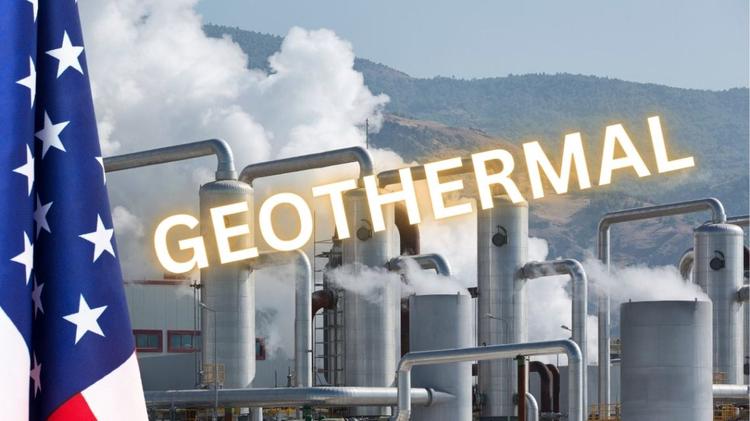Geothermal energy technology isn’t anything new, but it is only recently that governments and companies have been investing heavily in it, as they seek to decarbonize to meet climate targets.
It’s not just hot springs and geysers anymore
At one time, gaining access to geothermal energy usually meant that there would need to be heat sources located close to the surface of the Earth, as is the case where there are geysers and hot springs. The steam from those hot water sources moved turbines for electricity generation.
That said, funding has brought this technology forward tremendously, with the development of enhanced geothermal systems (EGS) which can access underground heat sources in places much more challenging to reach.
EGS systems work through the high pressure injection of water into rocks deep below the surface, opening natural fractures in the rock to make it possible for the water to be heated and then flow as hot water or steam into extraction wells.
$60 million in DoE investments for geothermal energy
Last month, the US Department of Energy (DoE) announced its intention to pour $60 million into projects that could demonstrate EGS scalability and efficacy. The goal is to be able to use EGS as mainstream renewable heat and power.

Three projects were awarded the funds: Mazama Energy, Fervo Energy, and Chevron New Energies.
Though geothermal energy’s current contribution to the overall US power grid is only about 1 percent of the total, that is expected to change dramatically across the next quarter century.
New and existing sites
EGS is not only expected to more than double the amount of recoverable heat power located under the surface of the United States in coming years, but it is also able to squeeze more from the existing geothermal sites across the country. This could allow those sites to produce more energy and to have an extended lifespan.
“Geothermal has been used for over 100 years, limited to certain geographic locations – but that is now changing…,” said National Renewable Energy Laboratory (NREL) geothermal laboratory program manager Amanda Kolker. “As we penetrate the grid with renewables that are not available all the time, we need to find a base load, which is currently taken up by gas. There aren’t really many options for zero-emissions baseload power, which is why geothermal is entering the picture.”
DoE predictions now suggest that by 2050, geothermal energy could grow by 1,900 percent, and provide as much as 10 percent of the electricity used across the United States.